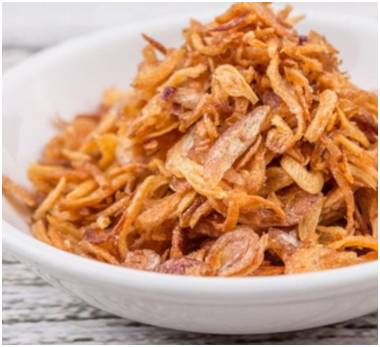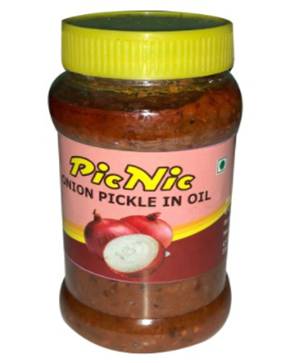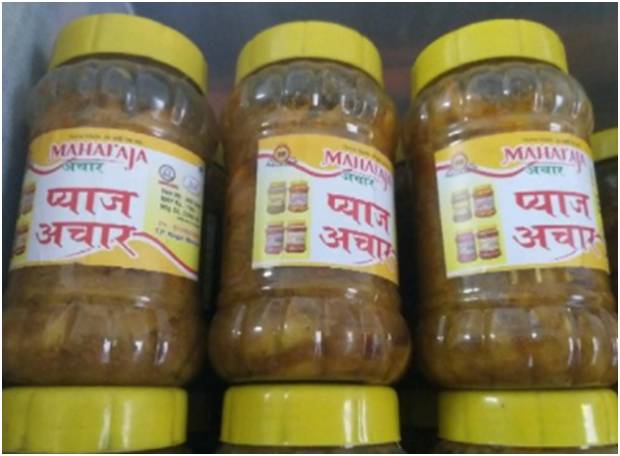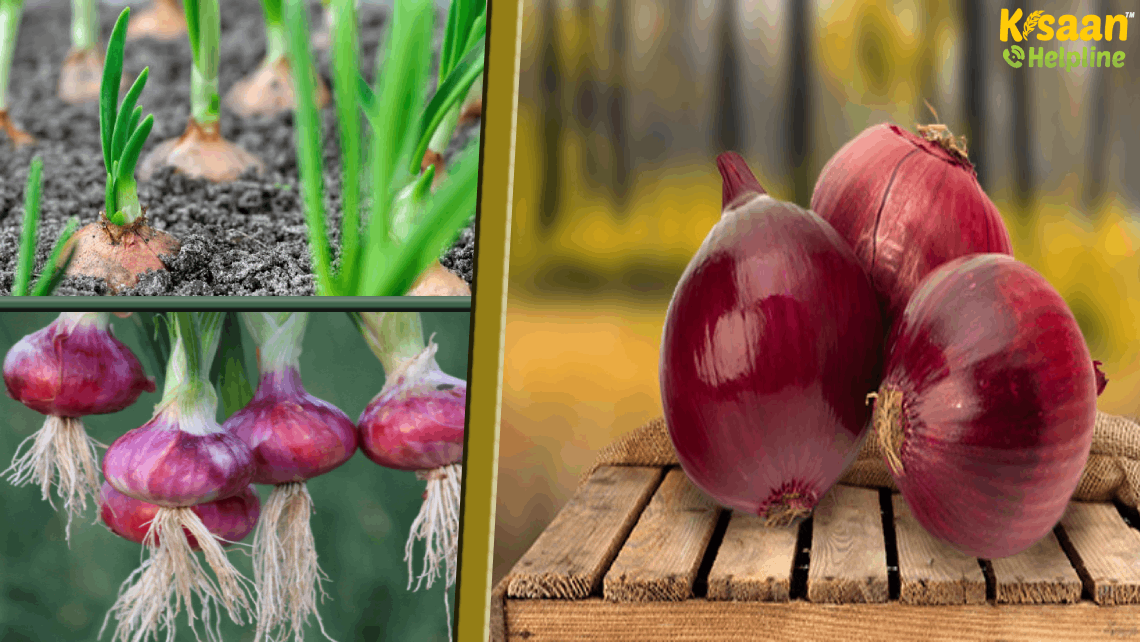
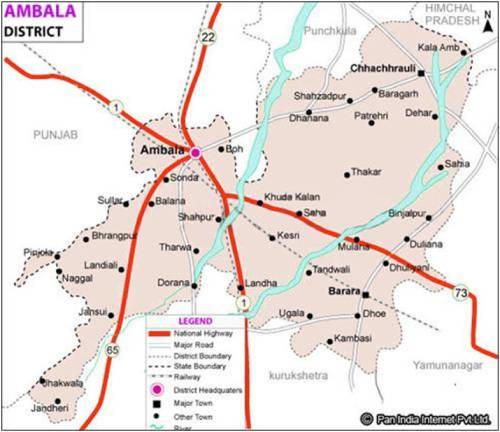
District Ambala lies on the
North-Eastern edge of Haryana between 27-39”-45” North latitude and 74-33”-52” East
longitude. District is subdivided into 6 blocks and 7 revenue tehsils. Blocks
are Ambala, Ambala Cantt, Saha, Shahzadpur, Barara and Naraingarh.
General Census:
No. of villages: 408
Blocks: 6
Population: 1128350
Literacy Rate: 87.46%
Description of Agro-climatic Zone and major
agro ecological situations (based on soil and topography)
1.
Dry-sub Humid
Zone of Haryana State
· Average
Rainfall: 1000 mm/yr.(app.)
· Ground
Water Status – Dark Zone
· Temperature
range - 20C – 450C
· Source of Irrigation: Tubewell (96%)
& Canal (14%)
2. Agro ecological situation
· Geographical
Area (ha): 153171
· Net Sown Area (ha): 133424
· Area under crop: 62%, 66% & 8% (Rice, Wheat & Sugarcane)
· Area under Horticulture Crops: 10-12%
· Area under Agro-forestry crops: 3.32% area
· Soil type: Sandy Loam to Loamy sand
Major Crops in Ambala:

ODOP Crop of Ambala: ONION
Onion Crop has selected under ODOP
Scheme for Ambala district of Haryana because total produce of onion in Ambala
district is highest as compared to other districts of Haryana and also the
onion cultivation is popular in this district as higher number of farmers are
involved in onion cultivation and value addition. Along with local mandis
Ambala has much export to other state mandis.
Onion:
Area(ha): 4652
Production(qtl.): 789110
Productivity(q/ha): 169.62
Onion Cultivation:
Onion is a cash crop and it can be
grown on all types of soil but for good production loamy and sandy loam soil is
best. There should be proper drainage system in the field. Onion crop is
Cultivated in both seasons Kharif as well as in Rabi season.
Nursery:
Kharif: April- May
Rabi: September- October
Seed rate:
8-10 kg seed is sufficient for 1 acre
of land.
Land Preparation:
Land should be prepared until seedlings become ready for transplantation. The PH of soil should be 6-7.5 and land should have proper drainage system. Mix 20-25 tons per acre manure should be mixed after third tillage. 100:60:50 NPK is recommended dose. Before transplanting 50kg Sulfur and 5kg zinc per acre is also good for better production.
Transplanting:
Seedling get ready to transplant after
7-8 weeks of sowing. Before transplanting seedlings should be dipped in
Bavistin solution for 15 minutes. Bavistin solution made in 1 letre of water
with 2g of Bavistin this protect the plant from several diseases.
Planting distance:
Row to row: 15-20 cm
Plant to plant: 10cm
Irrigation:
In onion irrigation depends upon soil, plant
and climate condition. Light irrigation should be applied immediately after
transplanting and one more light irrigation after 2 days. After that crop
should be irrigated in 10-12 days interval according to requirement. Onion crop
needs about 10-12 total irrigation. Moisture level should be appropriate during
bulb formation. Irrigation should be stopped 2 weeks before harvesting.
Harvesting:
Direct sown crop become ready in
140-150 days whereas transplanted crops become ready in 70-100 days for
harvesting. When 50% leaves started getting yellow that will be the symbol of
arrival of harvesting period.
Use of crop in district:
1. Hair oil:
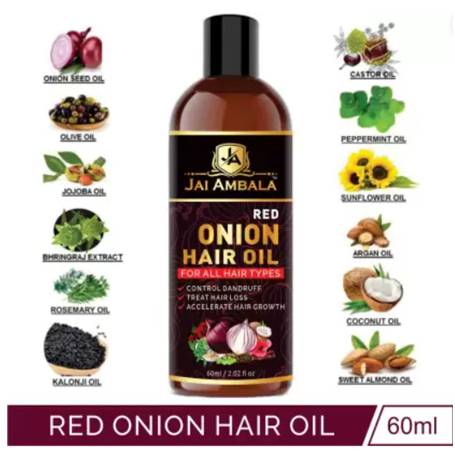
Onion is a
great source of sulfur so it helps in Stress relief, Luster, Shine, Anti-hair
fall, Conditioning, Hair thickening, Hair strengthening, Anti-dandruff and Hair
growth that’s why onion is widely used in preparation of hair oil, shampoo and
conditioners.
Direct Trading:
Most of the
production of onion is directly sell to local mandis and transported to various
other state mandis for better prices and to fulfill the demand. There is an
online platform Indiamart (https://my.indiamart.com/) where growers sell there produce easily on
good prices.
Value addition:
Most of the
people are adding value to the crops and generating extra income as onion is
used to prepare Onion flakes, Onion powder, Onion paste and Onion pickle.
